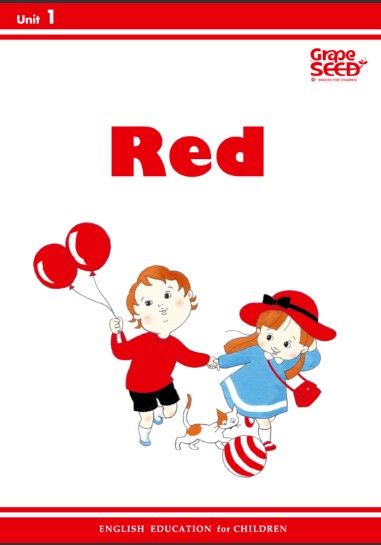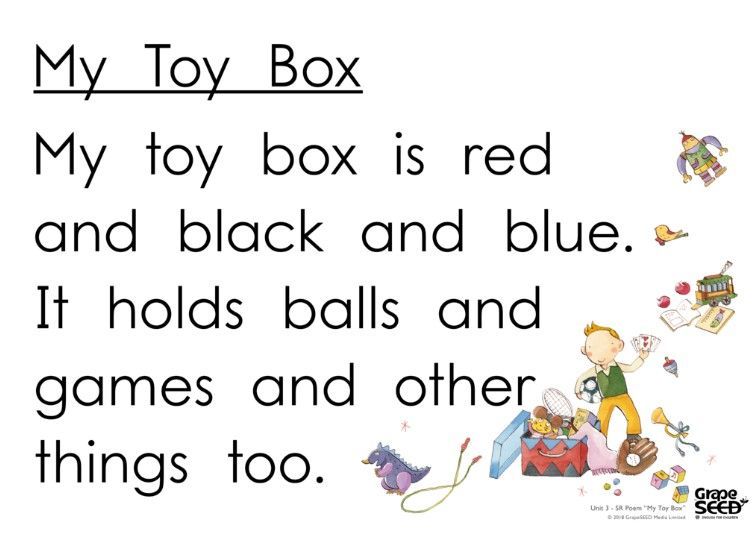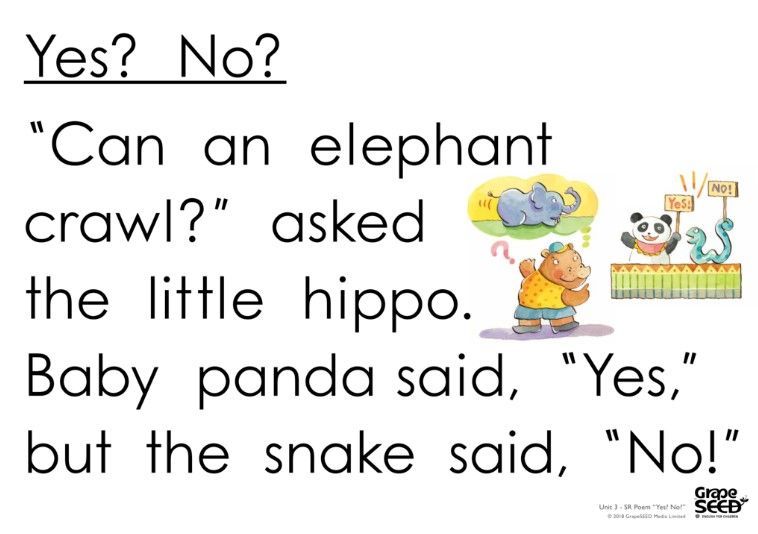One of the first things young children do when beginning to learn a language is listen to the sounds being spoken and try to determine how those sounds go together to form words. This ability to hear those sounds that make up words is called phonological awareness. Considered one of the best predictors of future reading success , phonological awareness is critical to becoming a successful speaker, reader and writer.
The following concepts, which are commonly used by educators in the classroom and taught throughout the GrapeSEED program, are examples of phonological awareness skills. Shared reading is the perfect time to practice these skills, and research has shown that doing so can help young at-risk students improve significantly in their preliteracy skills. We have also included some great activities that can be done in the classroom as well as at home with your child while enjoying nursery rhymes or a bedtime story together. Plus it reinforces what her teachers are doing in school!
Rhyming and Alliteration
Through rhyming and alliteration, young children begin to hear and notice sounds that are similar in multiple words. This helps them understand that words are broken down into separate sounds. Alliteration helps children focus on beginning sounds while rhyming helps them focus on the ending sounds in words.
During shared reading, teachers can carefully select poems, songs, and stories that have words that rhyme or use alliteration to focus on these skills. Students can use highlighting tape, wikki stix, or framing (using their fingers to “single out” the focus letter) to highlight the words that rhyme or, in an alliteration example, the letters of a series of words in a row that have the same first consonant sound as in “Peter Piper picked a peck of pickled peppers.”

GrapeSEED Unit 1 Shared Reading Big Book “Red” provides exposure to rhyming words.
Phoneme Segmentation
Phoneme segmentation is a subset of phonological awareness in which listeners are able to hear, identify and manipulate phonemes, the smallest units of sound that can differentiate meaning. For example, separating the spoken word “box” into three distinct phonemes, /b/, /aw/, and /ks/, requires phonemic awareness.
Teachers can choose a word from a familiar shared reading poem, song, or story to segment or “stretch out” and identify the sounds that are in the word. For example, if the class was reading the GrapeSEED Unit 3 Shared Reading Poem “My Toy Box”, the teacher and the children would stretch out the word box to hear that it has three sounds /b/-/aw/-/ks/ (stretch like a rubber band: “bbb” “aww” “ks”). Remember, phonemic awareness is a focus on sounds; it’s not important at this point for the child to be able to understand that the letters B-O-X make up the word box. This skill will come later.

This student finds the letter “x” in the GrapeSEED Unit 3 Shared Reading Poem “My Toy Box.”
Children can also be taught to identify how many parts are in a word. Clapping syllables such as in the word watermelon ( wa-ter-mel-on ) will help them learn the difference between long and short words.
Blending
Teachers can take a mystery word from a familiar poem, song, or story and teach the children how to blend the word back together. For example, if a teacher were reading GrapeSEED Unit 3 Shared Reading Poem “Yes? No?” she might stretch out /k/-/a/-/n/ so students can hear the segmented sounds in the word. Then they can try and guess the word by blending the sounds back together. Note that after teaching skills like this in isolation, it is important to reread the entire text or the portion of the text that includes the focus word with the children to shift their attention back to the meaning of the text.

Stretch out letters from a word in a shared reading poem like GrapeSEED’s Unit 3 Poem “Yes? No?” and have children blend the sounds to determine the word.
Do you have additional tips for helping children develop and improve phonological awareness skills? Let us know on the GrapeSEED Facebook page !





